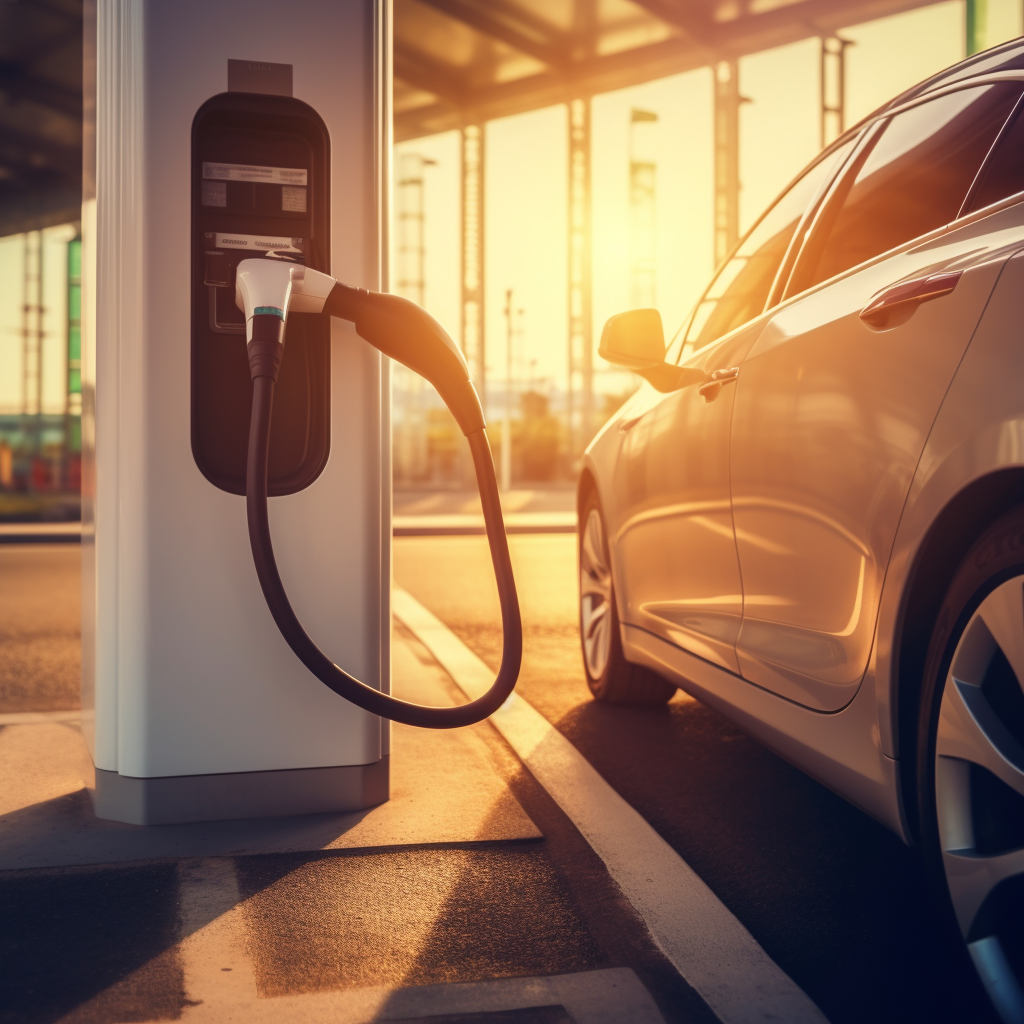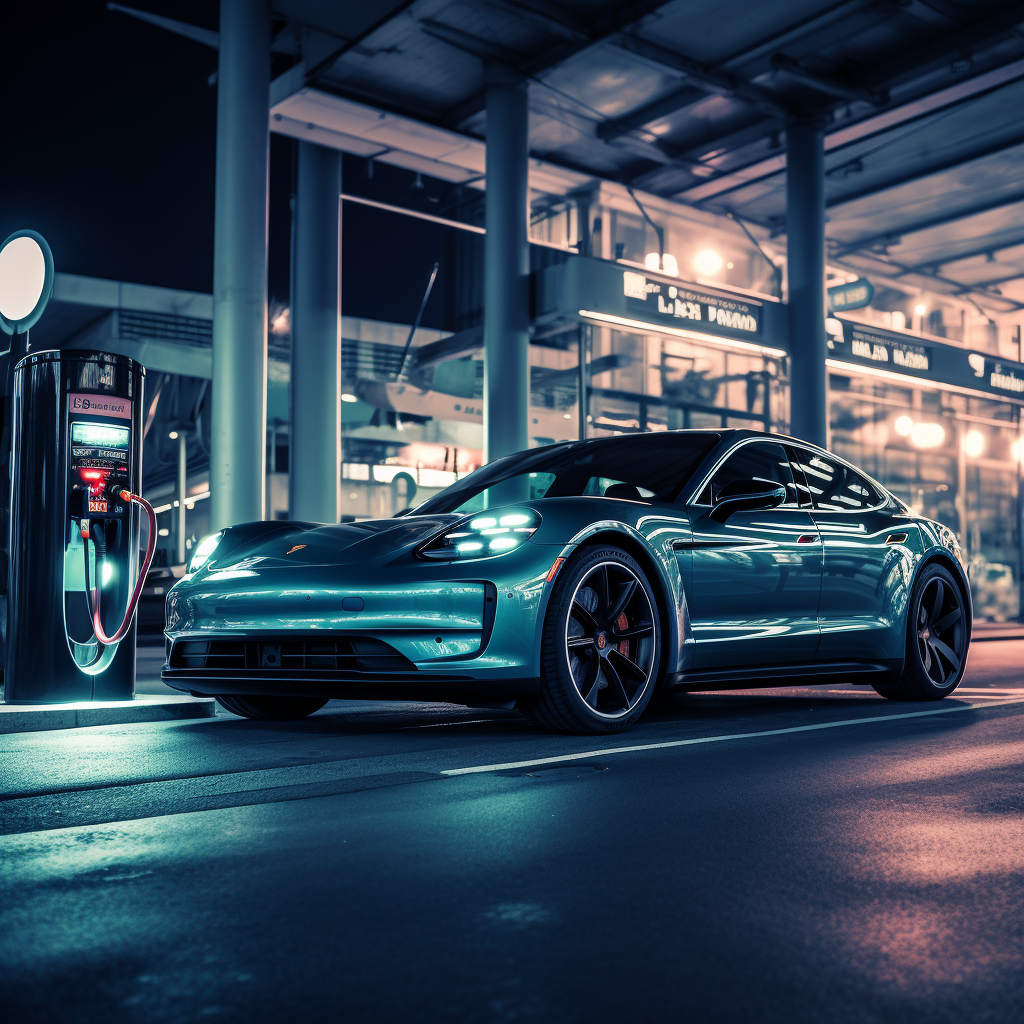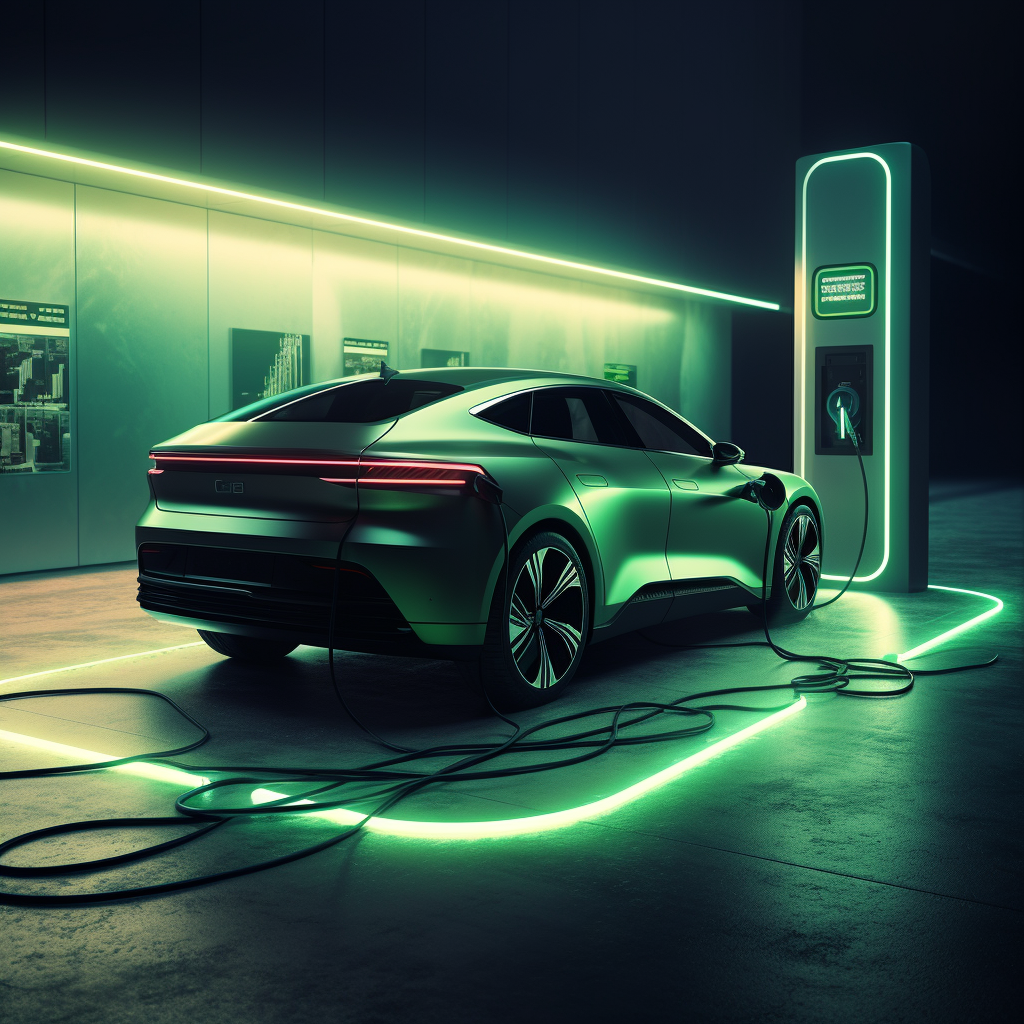Contents
As the world’s focus shifts towards sustainable energy solutions, electric mobility has emerged as a frontrunner in the transport sector’s evolution. From humble beginnings with short-range electric vehicles (EVs) and rudimentary charging infrastructure, we now stand on the cusp of an era dominated by rapid charging and vehicles that can travel vast distances on a single charge. The demand for efficient, rapid, and accessible charging solutions has catalyzed numerous innovations in this space. This article dives deep into the evolution and significance of fast charging, shedding light on its transformative potential and the challenges we might encounter along the way.
The rise of electric vehicles has been nothing short of remarkable. Back in 2010, a mere 17,000 EVs were on the roads worldwide. By 2020, this figure had skyrocketed to over 10 million, reflecting a surge in both consumer interest and manufacturer commitment. One pivotal factor underpinning this growth? Fast charging. While the concept of ‘fast’ has evolved over the years, today’s innovations promise charging times that rival the convenience of filling up a petrol tank.
A Historical Overview of Charging Technologies
The road to fast charging in electric vehicles is paved with decades of research, innovation, and technological advancements. To truly appreciate the marvel of today’s charging speeds, one must first understand the journey that has brought us to this point.
Early Beginnings: Level 1 Charging
In the late 19th and early 20th centuries, when electric vehicles first graced our roads, charging was a painstakingly slow process. Early adopters of electric vehicles relied on Level 1 charging, which utilized standard household outlets with a voltage of 120V in countries like the US. This method could only deliver about 2 to 5 miles of range per hour of charging, making it suitable for short-distance commuters but impractical for long journeys.
Level 2 Charging: The Step Up
By the 1990s, as electric vehicles gained traction, the need for a faster charging solution became evident. Enter Level 2 charging. Leveraging 240V, typically used for household appliances like washing machines and ovens, Level 2 chargers could provide between 10 to 60 miles of range per hour. This was a significant leap from its predecessor and made owning an electric vehicle a more feasible option for many.

DC Fast Charging: The Game-Changer
The early 2010s saw the rise of Direct Current (DC) fast charging, capable of charging a typical electric vehicle battery to 80% in under an hour. DC fast charging stations, often found along highways and in commercial areas, utilize a voltage range between 200V to 600V. These chargers are often referred to by their brand or standard, such as Tesla’s Supercharger, CHAdeMO, or the Combined Charging System (CCS).
This period also saw collaboration between automakers, governments, and private entities. Together, they worked on building infrastructure and standardizing charging protocols, ensuring a more seamless EV driving experience across regions and vehicle brands.
The Advent of Fast Charging
The transformative shift to fast charging wasn’t just an overnight sensation. Instead, it was the culmination of years of focused research, international collaboration, and technological breakthroughs. As the demand for electric vehicles grew, so did the need for charging solutions that were not only efficient but also convenient for users.
The Push for Speed
Early electric vehicles, with their limited range and lengthy charging times, were often relegated to the status of ‘second cars’ for many households, suitable only for short commutes. The broader adoption of EVs hinged on replicating the convenience of gasoline refueling. This challenge set the stage for the race towards faster charging solutions.
Technological Shifts
While Level 1 and 2 chargers relied on Alternating Current (AC), the secret to fast charging lay in Direct Current (DC). Unlike AC chargers, which required the vehicle’s onboard converter to transform the current, DC chargers fed the battery directly, significantly accelerating the charging process.
Infrastructure Expansion
Fast charging’s potential would be limited without the proper infrastructure. Recognizing this, both public and private sectors rallied to develop fast-charging networks. Iconic initiatives like Tesla’s Supercharger network, which began deployment in 2012, showcased the feasibility and benefits of such infrastructure. By 2020, there were over 300,000 public fast-charging stations globally, a number projected to grow exponentially in the coming years.
User Experience and Design Innovations
In addition to speed, emphasis was also placed on enhancing the user experience. Charging stations began integrating intuitive interfaces, payment systems, and even amenities like lounges and cafes. Additionally, innovations like liquid-cooled charging cables made the process more efficient while reducing wear and tear.
Breakthroughs in Battery Chemistry for Fast Charging
At the heart of every electric vehicle (EV) lies its battery – the crucial component that dictates range, longevity, and charging speed. While infrastructure plays a significant role in enabling fast charging, the true magic lies in the advancements in battery chemistry.
The Reign of Lithium-ion
Since their commercial introduction in the 1990s, lithium-ion batteries have dominated the EV market. These batteries offer a high energy density, long cycle life, and are relatively lightweight. Over the years, tweaks in the cathode and anode materials, such as transitioning from lithium-cobalt oxide to lithium iron phosphate, have improved both safety and performance.
Overcoming Thermal Challenges
One of the primary challenges with fast charging is the heat generated during the process. Excessive heat can degrade the battery, reducing its lifespan. Innovations in thermal management, such as liquid cooling systems and better electrode designs, have been instrumental in allowing batteries to charge quickly without compromising their integrity.
Solid-State Batteries: The Next Big Thing?
Lithium-ion’s dominance might soon be challenged by solid-state batteries. Instead of a liquid electrolyte, these batteries use a solid material, which can potentially offer higher energy densities and improved safety. Moreover, solid-state batteries could tolerate faster charging speeds, making them a promising candidate for the next generation of EVs.
Beyond Lithium: Exploring Alternative Materials
While lithium has been the go-to material for batteries, researchers are exploring alternatives like sodium, magnesium, and zinc. These materials could offer various benefits, from abundant availability to potentially faster charging capabilities.
Collaboration for Innovation
The journey towards better battery chemistries isn’t just an endeavor of isolated researchers or companies. International collaborations, such as the Battery 500 Consortium, aim to develop batteries with a significantly higher energy density. Such collaborations combine expertise from various domains, accelerating the path to breakthroughs.
The Environmental and Economic Impacts of Fast Charging
As the world grapples with the pressing need to curb carbon emissions and combat climate change, the transition to electric mobility takes center stage. Beyond the convenience and technological marvel of fast charging lie its profound environmental and economic implications.
Environmental Benefits
Reduced Carbon Footprint: Electric vehicles (EVs), especially when charged with renewable energy sources, emit significantly fewer greenhouse gases compared to their gasoline counterparts. Faster charging times encourage more people to make the switch, amplifying the positive impact on the environment.
Diminished Air Pollutants: By reducing the reliance on gasoline engines, which emit pollutants like nitrogen oxides and particulate matter, EVs contribute to cleaner air. Cities, in particular, stand to benefit immensely from a widespread EV adoption, leading to healthier urban environments.
Conservation of Resources: Electric mobility, combined with fast charging, reduces the demand for oil, diminishing the environmental impacts of oil extraction, refining, and transportation.
Economic Impacts
Job Creation: The burgeoning fast charging infrastructure requires both skilled and unskilled labor. From researchers and engineers to construction workers and service staff, the growth in this sector has been a significant source of employment.
Consumer Savings: While the upfront cost of EVs can be higher, the total cost of ownership often proves to be lower. This is due to cheaper electricity compared to gasoline and reduced maintenance costs. As fast charging becomes more ubiquitous, the convenience and time savings further enhance the economic appeal of EVs.
Boost to Renewable Energy: The demand for clean electricity to power EVs can stimulate investments in renewable energy sources such as wind and solar. This not only diversifies the energy mix but also reduces the economic dependencies on fossil fuels.
Innovation and Industry Growth: The fast charging revolution has led to the rise of numerous startups, research initiatives, and technological advancements. This climate of innovation fosters economic growth and positions countries at the forefront of the next industrial revolution.

Real-world Case Studies: Fast Charging in Practice
Theory and projections are essential, but real-world applications truly illuminate the transformative potential of fast charging. Here, we delve into some exemplary case studies that showcase how fast charging is reshaping the electric mobility landscape.
Norway: Pioneering Electric Mobility
Setting the Scene: Norway, with its abundant hydroelectric power, has been at the forefront of EV adoption. In 2020, EVs accounted for over 54% of all new car sales in the country, a global record.
Fast Charging in Action: Norway boasts one of the densest charging infrastructure networks in the world. Companies like Fortum Charge & Drive and Grønn Kontakt have established extensive fast charging stations, ensuring that long trips across the country’s scenic landscapes are hassle-free for EV users.
Impact: The widespread availability of fast charging has been instrumental in Norway’s rapid transition to electric mobility, further reducing its carbon footprint and setting a benchmark for other nations.
California, USA: Driving Innovation and Infrastructure
Setting the Scene: As the most populous state in the U.S., California has been a significant player in pushing EV adoption. With aggressive emission reduction targets, the state has championed both EVs and the necessary infrastructure.
Fast Charging in Action: The California Energy Commission’s initiatives, combined with private ventures like Tesla’s Supercharger network, have populated the state with numerous fast-charging stations. From urban centers to remote highways, fast charging ensures EVs are a practical choice for Californians.
Impact: The Golden State’s commitment to fast charging has not only reduced its greenhouse gas emissions but also stimulated economic growth through job creation and tech innovation.
China: Urban Centers and Electrified Public Transport
Setting the Scene: Facing severe urban air pollution, China has aggressively pursued electric mobility, especially in public transport.
Fast Charging in Action: Shenzhen, a major Chinese city, became the first to electrify its entire fleet of public buses. These buses rely on fast charging, often during drivers’ lunch breaks, ensuring they serve the city’s residents without interruptions.
Impact: Shenzhen’s model has not only drastically reduced urban emissions but also serves as a blueprint for other cities worldwide, proving that with the right infrastructure, large-scale electric public transport is feasible.
Potential Challenges and Future Outlook
While fast charging’s rise promises a brighter, cleaner future, it’s not devoid of challenges. Balancing the rapid evolution of technology with sustainability, economic considerations, and global demands is no small feat.
Potential Challenges
Grid Capacity: As the number of EVs surges, so does the demand on the electric grid. Fast chargers, drawing substantial power in short durations, could strain existing infrastructure, necessitating upgrades or risking potential outages.
Battery Longevity: While fast charging is convenient, repeated rapid charging can, over time, degrade the battery more quickly than slower charging methods, impacting the overall life of the battery.
Standardization: With multiple fast charging standards like CHAdeMO, CCS, and Tesla’s Supercharger, there’s a need for a more unified approach to ensure compatibility and streamline the user experience.
Economic Barriers: In many regions, the initial costs of setting up fast-charging stations can be high, potentially slowing down the pace of infrastructure development.
Future Outlook
Smarter Grids: The integration of renewable energy sources, combined with smart grid technology, can effectively manage the load from fast chargers. As grids become more intelligent, they can optimize power distribution based on demand, time of day, and available resources.
Battery Breakthroughs: Continued research in battery chemistry, like solid-state batteries and alternative materials, could mitigate degradation concerns while allowing even faster charging times.
Global Collaborations: To address standardization and drive innovation, more global collaborations between countries, automakers, and tech companies could emerge, fostering a cohesive approach to electric mobility.
Subsidies and Incentives: Governments worldwide might offer more subsidies and incentives to promote the establishment of fast-charging networks, recognizing their role in achieving sustainability goals.

